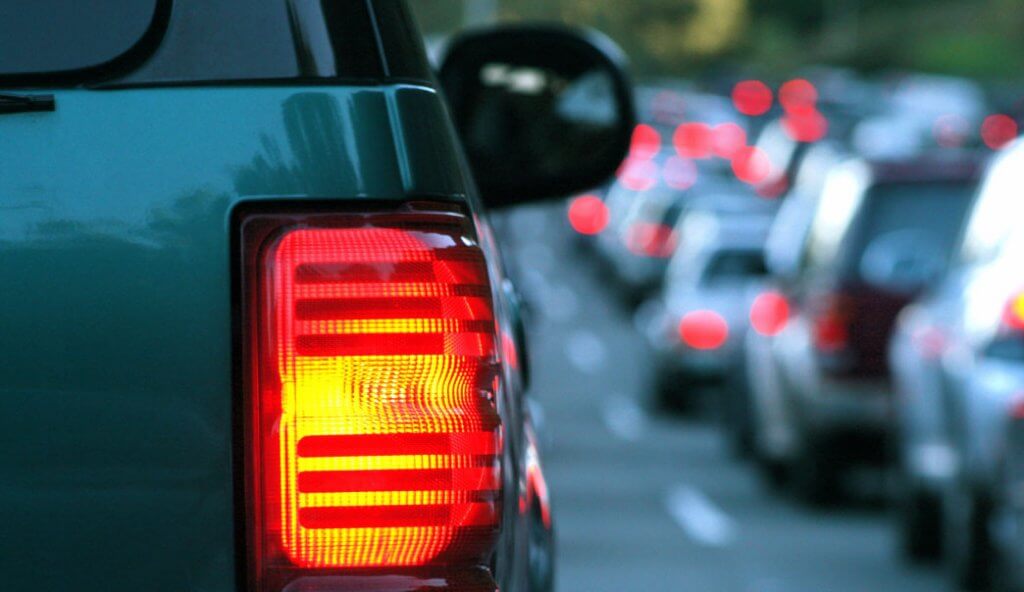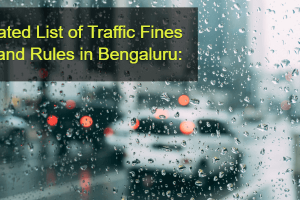Digital India Initiative is a program started by the government of India to introduce enhanced accessibility and transparency in the government processes. Services like paying traffic fines online, checking the status of a driving license, paying tax, applying for a passport, etc. can be availed online.

Digital India Initiative has helped the government to curb repeated violation which resulted because of corruption. One of the most important aims of this initiative was to reduce the use of cash across the country. This is thought to help in reducing illegal use of money i.e. black money or money earned through illegal activities.
The whole initiative took a considerable amount of time to take root in the country, but it is still in a nascent stage. The chances of attaining a perfect online system are only through trial and error.
- What Is E-challan?
- How to Pay E-challan?
- Common Traffic Violations and Fines
- #1 Plying Without Valid Documents
- #2 Not Following Road Signs and Signals
- #3 Neglect Safety
What Is E-challan?
As a part of an initiative for reducing the use of hard cash for various transactions with government officials, e-challan proved to be a breakthrough idea. Earlier, upon violating a traffic rule, an official would manually write a receipt and accept cash as a fine. Obviously, this method was flawed as violators began bribing these officials to get away with the fine or punishment.
With the introduction of e-challan, a violator pays the fine amount with the help of an online transaction. No official has to handle the cash money paid as fine. Officials are given a device with the help of which an online receipt is generated which contains the fine amount.
How to Pay E-challan?
Paying e-challan is as simple as swiping a debit or credit card for buying groceries in a mall. When an official feeds the violation, driver’s license number and vehicle’s registration number in this device, a receipt is generated. Against this receipt, The violator needs to swipe a card which enables an online transaction to pay the traffic violation fines. Other methods for paying an e-challan are internet banking, e-wallets and other payment methods.
In case a violator does not have access to any of the above-mentioned method he/she can still make the payment without the use of cash. For such cases, since the original license is confiscated by the officer, he/she will issue a temporary license (L-Temp) and the violator is asked to make the payment within 15 days.
It is not possible to ignore paying the fine after an e-challan is issued in your name. Earlier violators applied for a duplicate license from the Regional Transport Office (RTO) after lodging a report with the police. This will not be possible anymore as the records issued e-challans will be up to date with both, RTO and the police. A duplicate driving license will not be issued unless any pending fines are paid by the license holder.
Common Traffic Violations and Fines
Some of the traffic violations are repeated over and over again. To curb this, amendments are made to The Motor Vehicles Act, 1988. Traffic violation fines are increased to reduce the chances of drivers breaking traffic rules while driving a car or riding a motorcycle. Here is a traffic fine list of common traffic violations:
#1 Plying Without Valid Documents
As per the rules, it is necessary to carry a driving license, Pollution Under Control (PUC) certificate and vehicle insurance. Plying without these documents is a Traffic Rule Violation and will attract fines. The fine for not carrying any of the above-mentioned documents ranges between Rs. 500 to 2000/-.
#2 Not Following Road Signs and Signals
People tend to ignore traffic signals or jump the red ones. This could prove to be fatal as traffic from other direction starts flowing as soon as it shows green. The fine for not following signals and road signs is Rs. 200/-.
#3 Neglect Safety
It is very common yet highly fatal to neglect safety while plying on the road. Not taking enough safety measures could lead to dangerous accidents. Thus, it is important to wear helmets or seatbelt while driving the respective vehicle. The fine for not wearing a helmet while driving a two-wheeler is Rs. 500 and not wearing a seatbelt is Rs. 200.
The Bottom Line
With digitization, our country is reforming to eliminate malpractices and incorporate transparency. Taking part in the reforms and not bribing officials will help reduce malpractices.



